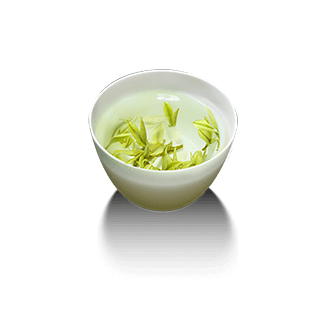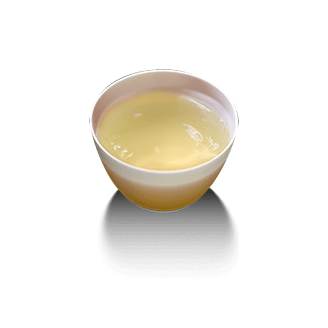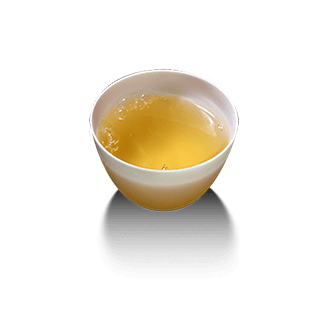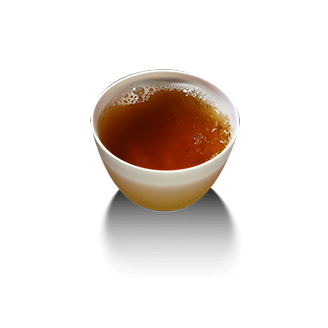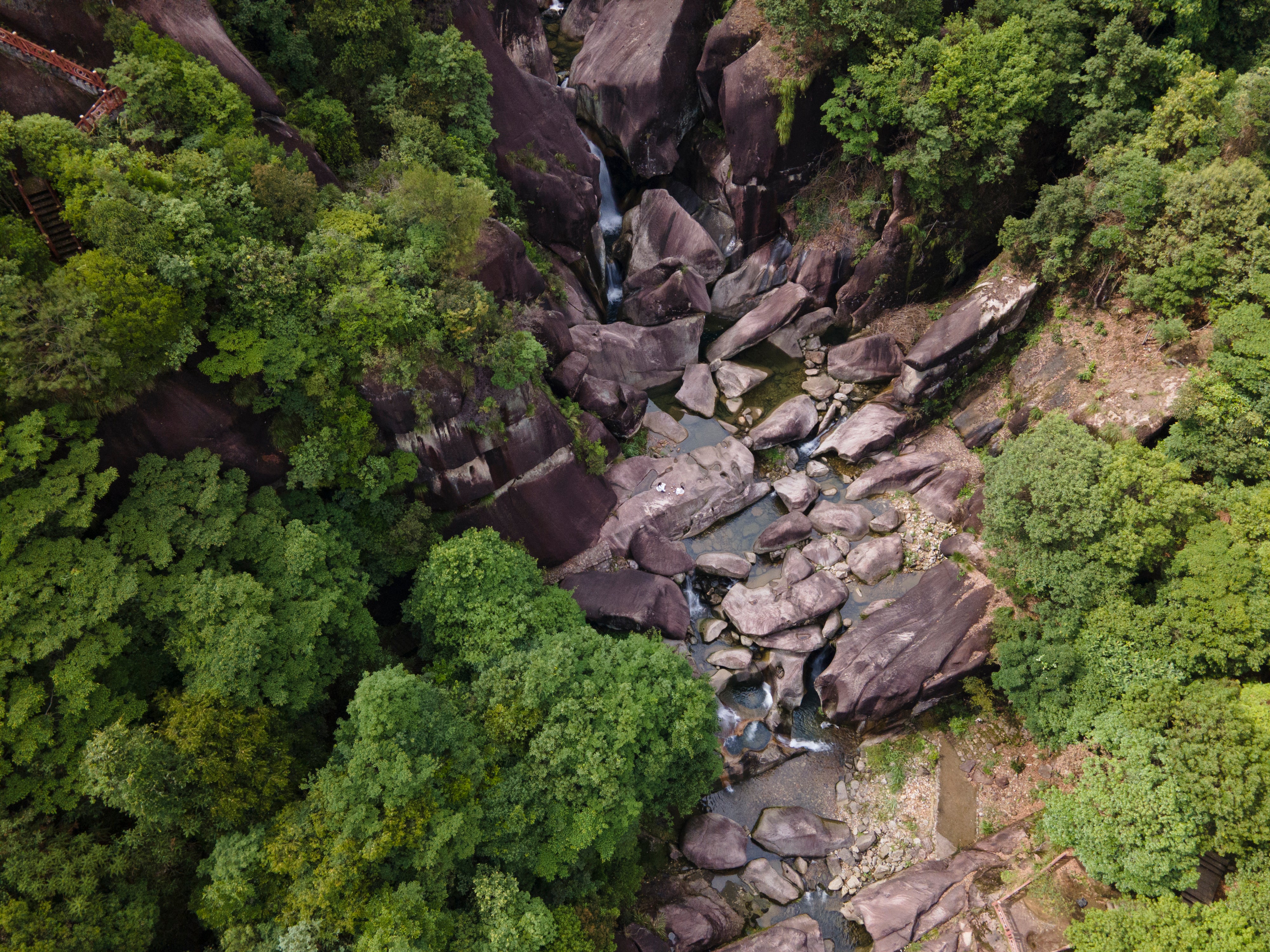




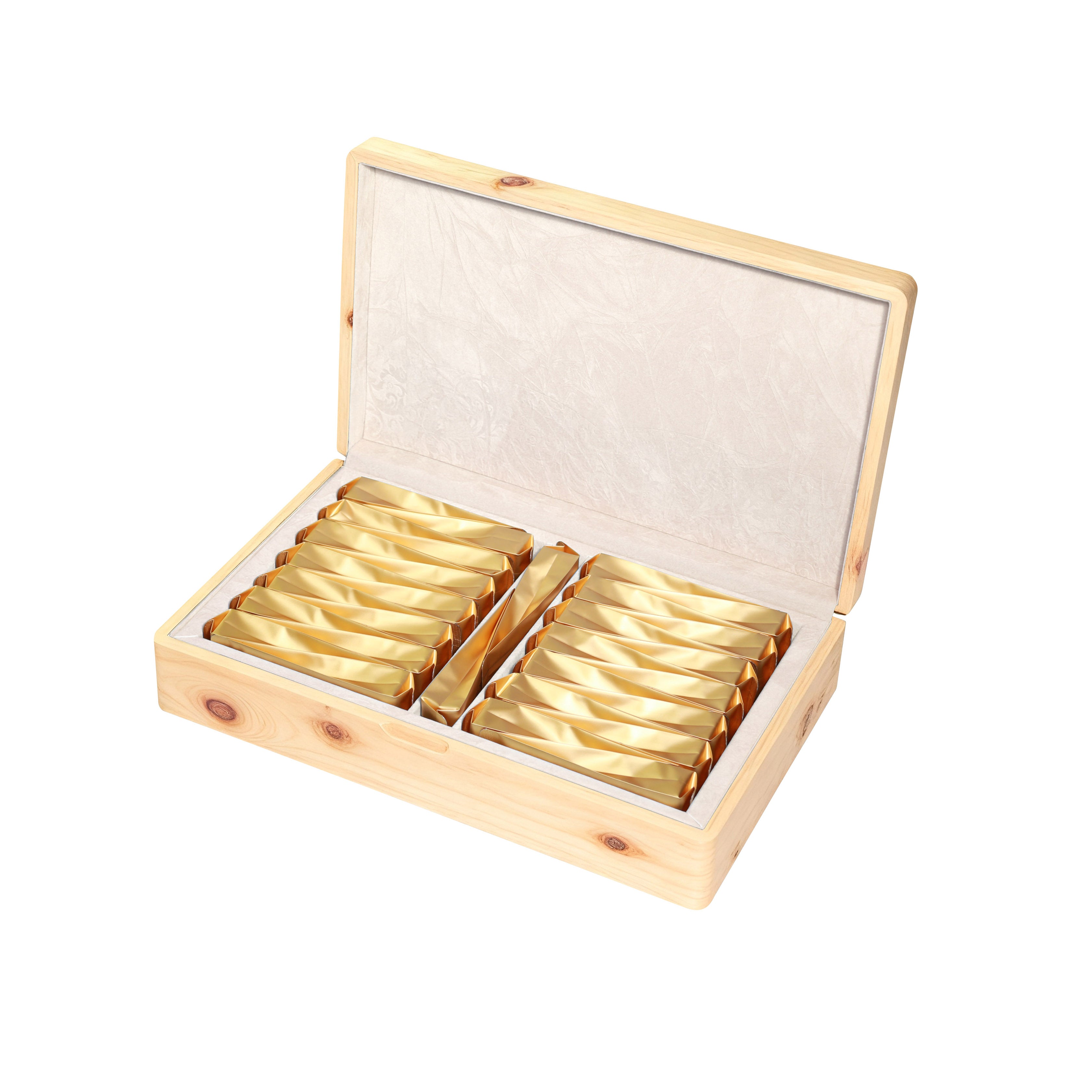
Red Mudan and Red Guanyin







Red Mudan and Red Guanyin
Red Mudan and Red Guanyin
DayaTang owns two major brands: "F.T.L. 豐泰隆"
and "DayaTang 大雅堂" (registered trademarks)
A Cup of Good Tea
the Perseverance and Heritage of Six Generations
DayaTang owns two major brands: "F.T.L. 豐泰隆"
and "DayaTang 大雅堂" (registered trademarks)

F.T.L.:Since 1851
F.T.L. 豐泰隆 is the brand with the most complete and clearest-traceable lineage in the inheritance system of the "Tanyang Congou Tea-Making Craft".
As recorded in Memorial to the Throne by Yinggui, Viceroy of Fujian and Zhejiang: "The single village of Tanyang produces over 7,000 crates of tea annually, accounting for more than 70% of Fujian black tea output".

1827.9.9 – 1893.4.4)
Shi Guangling was the founder of F.T.L. 丰泰隆.
He was also one of the founders of Tanyang Congou black tea and a pioneer of China's modern tea industry.
He pioneered the maritime tea route for Fujian black tea.
He invented the double-smoking method, and due to the excellent quality of its tea, F.T.L. 丰泰隆 was selected as a supplier of specialty tea for the British royal family.

Cross-verification: Annotated Original Text of the 1888 Entry in the "Royal Specialty Procurement Records"

1889, LS 4/132, Held in the National Archives of the UK
Accounting records of the Lord Steward’s Office (Royal Household) show:
"The expenditure on purchasing F.T.L. 豐泰隆 double-smoked black tea accounted for 17% of the budget for Eastern teas,
(1895-1972)
Shi Zuofan (style name: Fulong), the great-grandson of Shi Guangling, was one of the founders of China's tea industry in the new era and the first Chief Tea Evaluator of the State-run Fu'an Tea Refining Factory.
He systematically established the modern black tea evaluation system, trained the first batch of tea experts aiding foreign countries, and his compiled work Essentials of Minhong Black Tea Refining remains a classic textbook in tea science.
Core Contribution: Formulated industry standards for China's black tea industry;Technological Innovation & Inheritance: "Step-by-Step Fermentation Method";During the special period, he protected traditional tea-making techniques.
In 2021, the Tanyang Congou Intangible Cultural Heritage Protection Center recognized him as the "Founder of the Modern Black Tea Refining System".
The tea-making workshop of F.T.L. 豐泰隆 holds significant importance in the history of tea production and is recognized as a cultural relic in China.

(1928-2015)
Shi Jikang: Tea Scientist, Tea Engineer, and Head of the Technology Section of the State-run Tanyang Tea Factory.
During the special period, he was sent to the countryside for labor reform due to his landlord family background. At that time, the tea-making technique of Chinese Congou black tea was on the verge of being lost, and Shi Jikang protected this intangible cultural heritage (ICH) with his life:
In the winter of 1969, Shi Jikang used an ox-cart to hide six crates of old tea-making tools engraved with "F.T.L. 豐泰隆" in an abandoned kiln on the north slope of Baiyun Mountain;
In 1972 (recorded in the 2005 edition of Tanyang Village Chronicles), Shi Jikang transferred a batch of old tea-making tools to the home of his relatives in Xiapu County;

Shi Liqiang is a representative inheritor of the traditional tea-making technique of Tanyang Congou black tea and a tea industry innovator in the 21st century.
The intangible cultural heritage (ICH) collection tea products supervised by Shi Liqiang set a record for contemporary black tea auctions at 450,000 yuan per box in the charity auction held by the Song Qingling Foundation. CCTV programs such as Science and Education Channel and Exploring and Discovering have produced featured reports on him and his related deeds.
AromaPrimeTea 冠香红 & Double-Smoking Method – The Oriental Taste Code Flowing in the Genes
Six generations have guarded the inheritance of taste through the double-smoking technique (with 0.8% theaflavin) and AromaPrimeTea 冠香红 (with an 85% purple bud rate).
The royal tribute tea (recorded in the 1887 Golden Jubilee Tea List) and global evidence (the 1908 tea crate in Singapore) confirm its 174-year cultural depth. From the auction premium in London to the contemporary transaction price of 450,000 yuan per box, it continues to write the charm of Oriental tea through traditional charcoal roasting and genetic innovation.

Brand Epic

Incense Offering at Zhenwu Bridge - A Tale of the Tea Town

Daughter Learning to Make Tea - A Tale of the Tea Town
Craftsmanship never fades
Moving from yesterday to the future
Time carves traces on the tea caddy
F.T.L. 豐泰隆's tea aroma penetrates 174 years of time
Vicissitudes continue
the cultural context
In 2024, Shi Liqiang, an inheritor of intangible cultural heritage, personally crafted "Red Peony" and "Red Guanyin" (Congou Kung Fu Black Tea).
Appreciation
Year: 2024
Level: Top Rare
Produced by: Shi Liqiang, inheritor of the intangible cultural heritage of Gongfu black tea
Origin: Tanyang Village, Fujian, China, the birthplace of Tanyang Kung Fu
Varieties: Red Guanyin, Red Peony
Craftsmanship: Shi family's seven-screening and eleven-step process, the ancient method of Guanxiang.
Quality Appraisal
Appearance of dry tea leaves: 100% The buds are very tender.
Red Guanyin fragrance: The fragrance is rich, long-lasting, and often has a delicate aroma similar to gardenia or orchid, accompanied by a sweet scent. The fragrance has a good persistence.
Red Peony Aroma: The aroma is fresh, sweet, and mellow, mainly composed of osmanthus and honey, with floral, fruity, and sweet potato notes. The aroma is relatively soft and delicate.
Red Guanyin's taste: Sweet potato flavor, mellow and fresh taste, with a certain astringency, quick and long-lasting aftertaste, obvious fragrance in the mouth, and good flavor harmony.
Red Peony's flavor profile: mellow and sweet. The taste is even sweeter and more mellow, the tea soup is smooth, the aroma is pronounced, the flavor is delicate, the bitterness is weak, and the lingering fragrance and aftertaste are long-lasting.
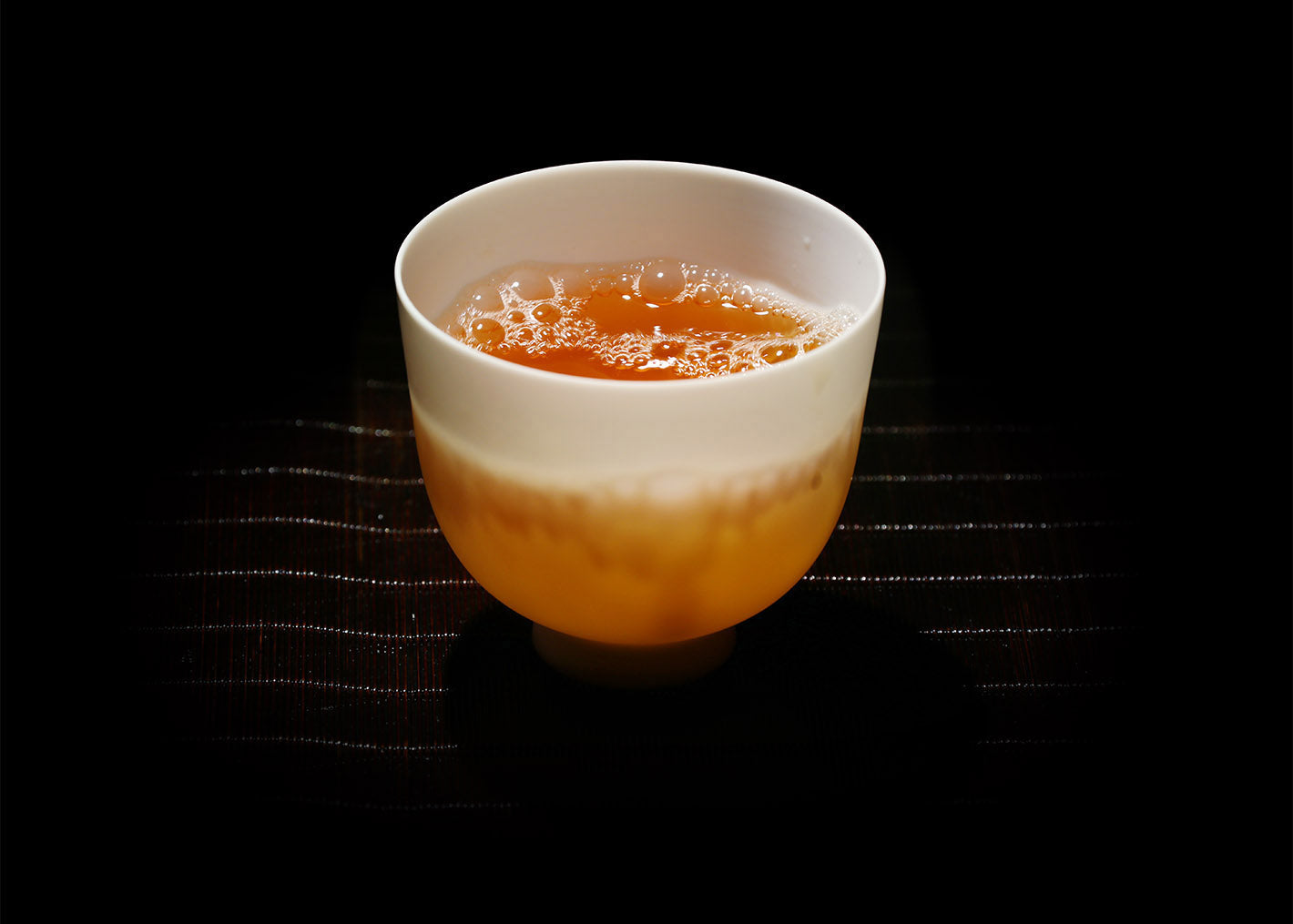
The soup of Red Guanyin and Red Peony tea is golden yellow, with an amber hue.
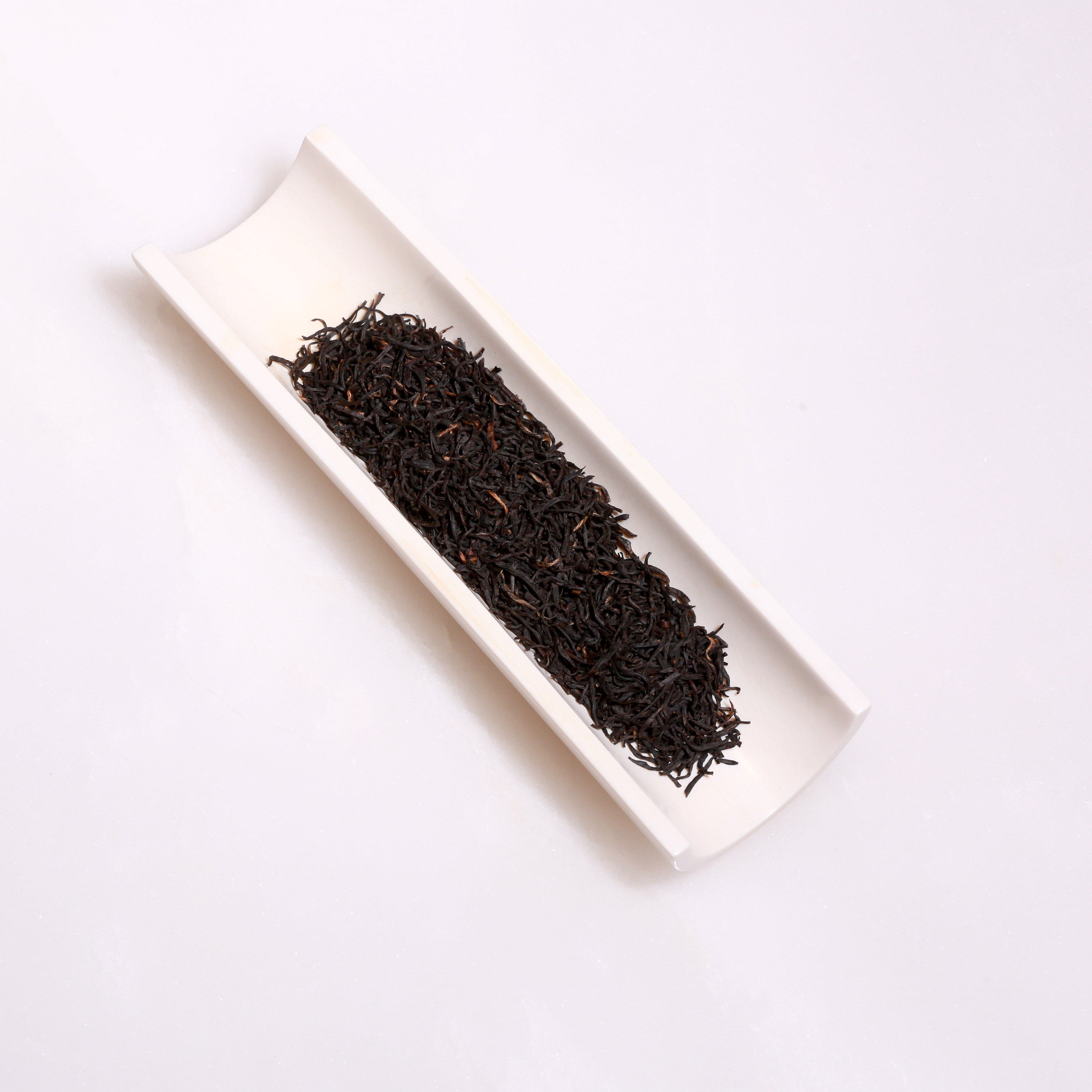
"Red Peony" and "Red Guanyin" (Congou Gongfu Black Tea) dry tea appearance: 100% buds, very tender.
Each gram of tea carries a family's 174 years of day-and-night guardianship
Through six generations of tea masters' perseverance
Complex brewing
exacting attention to details
Only to help you taste the true flavor
of tea aroma
Each gram of tea carries a family's 174 years of day-and-night guardianship
Through six generations of tea masters' perseverance
Complex brewing, exacting attention to details
Only to help you taste the true flavor of tea aroma
Brew
1. Prepare tea warmer
Gaiwan (lidded bowl), Yixing teapot, and glass teaware are all suitable.
Warm the cup with boiling water before brewing.
II. Adding tea leaves and shaking to release aroma
We recommend using 3-5 grams of tea leaves, but this can be adjusted according to personal taste. After adding the tea leaves, gently shake the container to release their aroma.
III. Brewing and Drinking
Let the boiling water cool to around 80 degrees Celsius. We recommend a gentle, slow brewing method, pouring water gently over the tea leaves to allow them to be evenly moistened and unfurled, resulting in a balanced flavor and aroma in the tea.
The first two infusions should be poured out within 2 seconds, the third within 3 seconds, and subsequent infusions can be poured out within a certain time. The aroma will linger after 7 infusions.
Brewing tips:
First: Always brew at a low temperature . If you use boiling water (100 degrees Celsius) for the first infusion, the tea will easily become strong and bitter. After the mouth is stimulated, even if subsequent water temperatures are suitable, the tea will taste weak. This is due to the characteristics of oral sensation. Therefore, using boiling water for the first infusion will cause the tea to lose its original wonderful experience.
This principle applies to all high-grade Chinese teas made from "tender buds," such as Mengding Ganlu and Biluochun. Generally speaking, the more delicate the buds, the lower the water temperature should be; the larger the leaves, the higher the water temperature can be.
Second: A single brew of tea should be completed within 20 minutes . If it cannot be finished immediately, store it in a container. When you wish to drink it again, reheat the previously brewed tea, and instantly the room will be filled with its fragrance, which will be intoxicating.
Do not leave steeped tea in the gaiwan for an extended period (such as one or two hours) before re-steeping. This is because oxidation occurs, deepening the oxidation of tea polyphenols, weakening the original fresh and crisp flavor, and causing aromatic substances to evaporate, resulting in a bland taste. Such brewing transforms a fine tea with rare qualities into a lackluster drinking experience.
This tip applies to all Chinese teas with exceptional aroma and flavor, especially those with a "highly aromatic" character.
The exceptions are aged Chinese teas and those with a heavily roasted and fermented style, which can be steeped slowly, brewed slowly, or boiled slowly.

Please refer to the traditional Chinese black tea brewing method.

Tanyang Village, China – the origin of world-class black tea
一:碱性水对茶的影响
1、对茶汤颜色的影响
绿茶:
碱性条件下,叶绿素易被破坏(叶绿素在 (pH>8.0)时稳定性下降),汤色易从鲜绿转为黄或暗黄,出现浑浊,尤其高温冲泡时更明显。绿茶中的黄酮类物质(如儿茶素)在碱性环境中易氧化,加剧汤色暗沉。
红茶:
茶黄素(明亮橙黄色)在碱性条件下易氧化为茶红素(暗红色),进一步生成暗褐色,导致汤色从红亮转为深暗,失去通透感。
其他茶类:
乌龙茶、白茶、黄茶的汤色可能因碱性水而偏深,黑茶(如熟普)的汤色浑浊度增加,陈香物质的显色稳定性也会受影响。
2、对滋味与口感的影响
成分析出差异:
茶多酚与咖啡因:导致浓度不足、滋味寡淡。碱性环境会抑制茶多酚(苦涩物质)和咖啡因的溶出,茶汤苦涩感减轻。
氨基酸与糖类:破坏氨基酸结构,鲜爽感下降。
矿物质影响:碱性硬水(含较多钙、镁离子)与茶多酚结合生成不溶性沉淀(如 “冷后浑”),导致茶汤浑浊,口感粗糙。
口感平衡:对依赖多酚类物质支撑口感的茶类(如普洱生茶、高焙火岩茶)显著影响茶汤的 “浓醇度” ,回甘不显,整体滋味偏向平淡粗劣。
3、对香气的影响
挥发性香气物质:碱性环境可能加速芳香物质(如醛类、醇类)的降解或转化,导致香气层次单一,尤其是清香型茶(如茉莉花茶、安吉白茶),花香易散,甚至出现 “水闷味”。
陈香与木质香:对黑茶、老普洱等发酵茶,碱性水可能略微凸显陈香,(pH>8.0)会压制果香或蜜香。
二:不同茶类对水质的适应性
1.水的理化特性与茶叶成分的相互作用
- 硬水(>120mg/L CaCO₃):钙离子与茶多酚结合形成沉淀物,降低茶汤涩感(EGCG 结合率可达 23%),但损失抗氧化活性(Food Chemistry, 2018);镁离子促进咖啡因溶出,每升高 1mg/L 镁可使咖啡因浓度增加 0.8%(Journal of Agricultural and Food Chemistry, 2020)。
- 软水(<60mg/L CaCO₃):茶黄素溶出率提升 12%,茶汤亮度增加(L * 值提高 3.2),但氨基酸提取效率降低(Food Research International, 2019)。
2.科学实验数据支持
- 龙井绿茶冲泡实验(TDS = 50 vs 300mg/L):软水组茶汤氨基酸含量(1.2mg/mL)显著高于硬水组(0.8mg/mL),但咖啡因含量低 18%( 中国茶叶加工,2021);感官评价显示,软水冲泡的鲜爽度评分高 1.7 分(9 分制),硬水组醇厚度高 0.9 分。
- 武夷岩茶水质适配研究:含微量硫酸盐(20 – 50mg/L)的水质,可使肉桂特征香气物质桂皮醛溶出量提升 24%(GC – MS 检测),岩韵显著度提高(茶叶科学,2020)。
3.水质选择建议(基于茶类)
| 茶类 | 理想TDS | 推荐pH | 关键离子要求 |
| F.T.L.绿茶 | 30-80mg/L | 6.8 | Ca²⁺<15mg/L,Mg²⁺<5mg/L |
| F.T.L.乌龙茶 | 80-150mg/L | 7 | HCO₃⁻ 40-60mg/L |
| F.T.L.红茶 | 100-200mg/L | 6.8 | K⁺ 2-5mg/L,SiO₂ 10-15mg/L |
| F.T.L.普洱茶 | 50-120mg/L | 6.8 | Fe³⁺<0.1mg/L |
4.特殊水质的影响举例
伦敦自来水(高硬度):冲泡红茶红素 – 钙络合物形成导致 “冷后浑” 提前 30 分钟出现,汤色浑浊度(NTU)达 12.5,较软水组(NTU = 4.3)显著升高(Food Hydrocolloids, 2019)。
日本鹿儿岛温泉水(含硫):硫化物与茶黄素反应生成甲基黄酮类物质,使煎茶鲜味(umami)强度降低 37%(* 日本食品科学工学会誌,2022)。
一方水土一方茶:特定地方取水点的水质对当地茶的色香味有提升,但采用地方水需要系统的专业知识及很高成本。对非专业者而言,掌握「软净水+控温」上述基本原则,远比追求原产地名泉更具实操价值。
精密水茶配适本质是地理基因的对话,需建立在地质学、食品化学、传热学等多学科交叉体系之上,非短短数行网页所能涵盖。
英国AquaSim实验室已实现虎跑泉12项核心指标模拟。但缺失原泉微生物群落(如嗜茶诺卡氏菌),后发酵风味差异达27%。加之操作复杂:需掌握”听泉煮水法”(螃眼初沸立即停火),水温误差超过3℃即破坏呈味平衡。
The charm of tea ceremony lies
in what suits you as precious
A pot of pure water is enough
Don't be trapped by water quality metaphysics
A pot of pure water is enough
Don't be trapped by water quality metaphysics
The charm of tea ceremony lies
in what suits you as precious

Bubble tea packaging effectively isolates tea from oxygen, light, and moisture, preserving the original aroma and nutrients of the tea for a longer period and extending its shelf life.
storage

Basic principles
Store in a sealed container in a clean, odorless, and dry environment, ideally below 25 degrees Celsius. Avoid light and moisture.
Note: Avoid opening the container frequently.
Every time the container is opened, the tea leaves come into contact with air and moisture, which accelerates the oxidation and deterioration of the tea.
Therefore, minimize the number of times you open the storage container.
Shelf life
The above storage conditions can be met for long-term storage.
1-year appreciation
Aroma: Compared to aged tea, the aroma is fresher, more invigorating, and more pronounced, with a noticeable floral and sweet fragrance, and a high degree of freshness.
Taste: Fresher and more vibrant than aged tea. Upon tasting, the robust inner qualities of the tea leaves are clearly perceptible, with a full-bodied flavor and a rapid and pronounced aftertaste.
Enjoy after 5 years or more of storage
Aroma: The floral and fruity aromas gradually fade, transforming into a rich and deep aged aroma, woody aroma, and camphor aroma, accompanied by a slight medicinal aroma.
Taste: The taste becomes increasingly mellow and smooth. After years of storage, the chemical composition of the tea leaves changes, and the content of irritating substances such as tea polyphenols decreases, resulting in a milder taste, a rich and mellow liquor, a long-lasting aftertaste, and a smooth and delicate flavor with a unique character.






